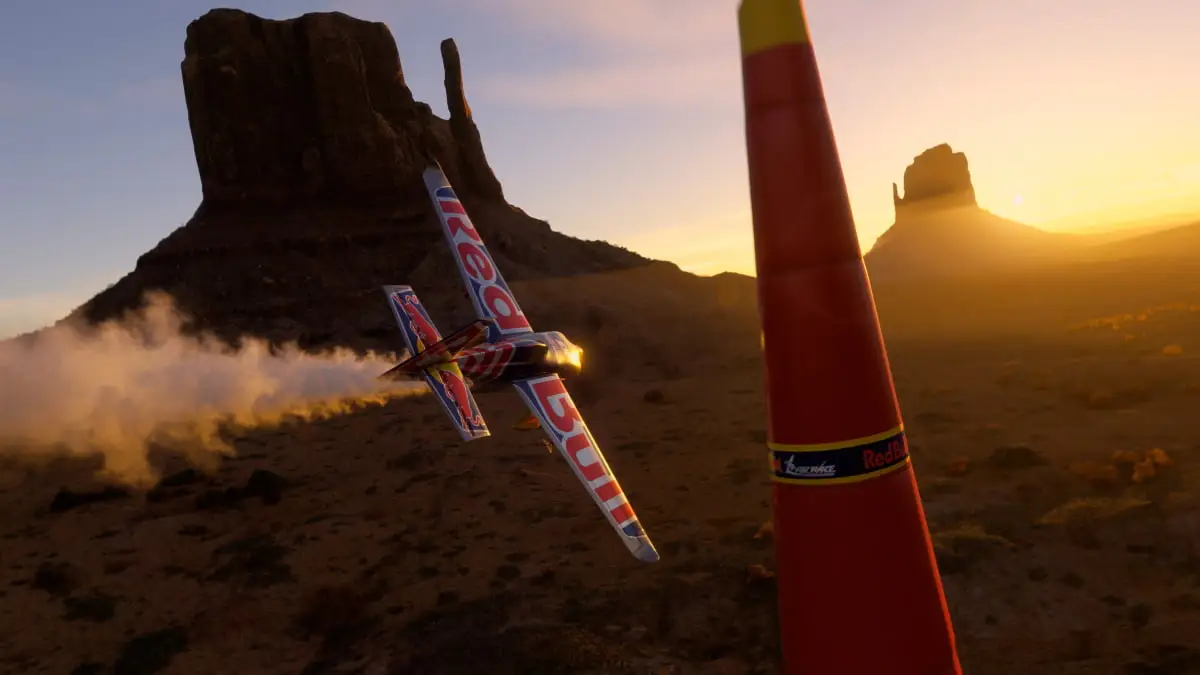Last year Toyota ran afoul of Japan’s Ministry of Land, Infrastructure, Transport, and Tourism (MLIT) over irregularities found in its vehicle certification process. In short, some of Toyota’s processes for certifying new vehicles didn’t line up with official procedures required by Japan. It all came to light back in 2023 when some Daihatsu models were found to be modified for better test results.
Now, Toyota has submitted a comprehensive report on how it plans to make things right. Without getting too deep into the company’s three-part outline, Toyota’s Chief Technology Officer and Global Chief Quality Officer will share duties as the point people responsible for keeping things on track.
Specifically, the tech boss will make the decisions during vehicle development. The quality boss will have the final say for certification. Lines of communication will be opened at all levels so there’s a better understanding of what needs to happen. As a second line of defense, the Legal Supervisor will audit the processes and report to the Chief Risk Officer. That’s a brief summary of the plan, which includes a plethora of new rules, new methods, and additional accountability throughout the certification process.
In a statement, Toyota acknowledged failures by management on multiple levels and pledged to do better.
“With the suggestions by the MLIT, Toyota has recognized that management was not sufficiently involved in the certification operations, and that there were many areas for improvement in the foundation of its certification operations, such as the data management system and the establishment of clearer rules and procedures.
Toyota will review the mechanisms and systems designed to implement proper certification operations, notice something abnormal, and take action promptly through the joint effort between the management and those on-site.”
What started as irregularities with Daihatsu—a brand within the Toyota Group—ultimately spread to popular models in Japan such as the Yaris Cross, Corolla Axio, and Corolla Fielder. Production was halted earlier this year as a result; things should return to normal in September.
Read the full article here
























